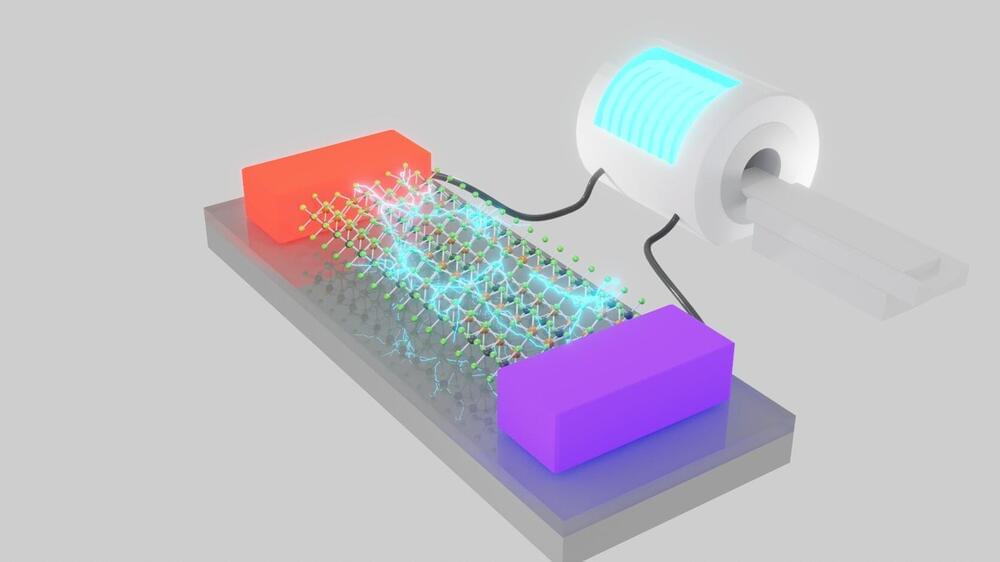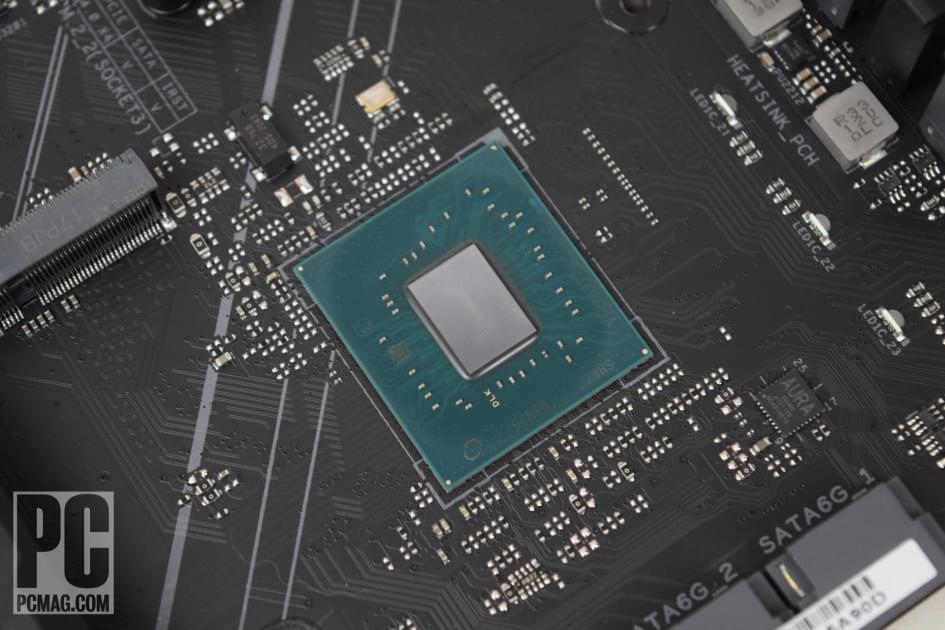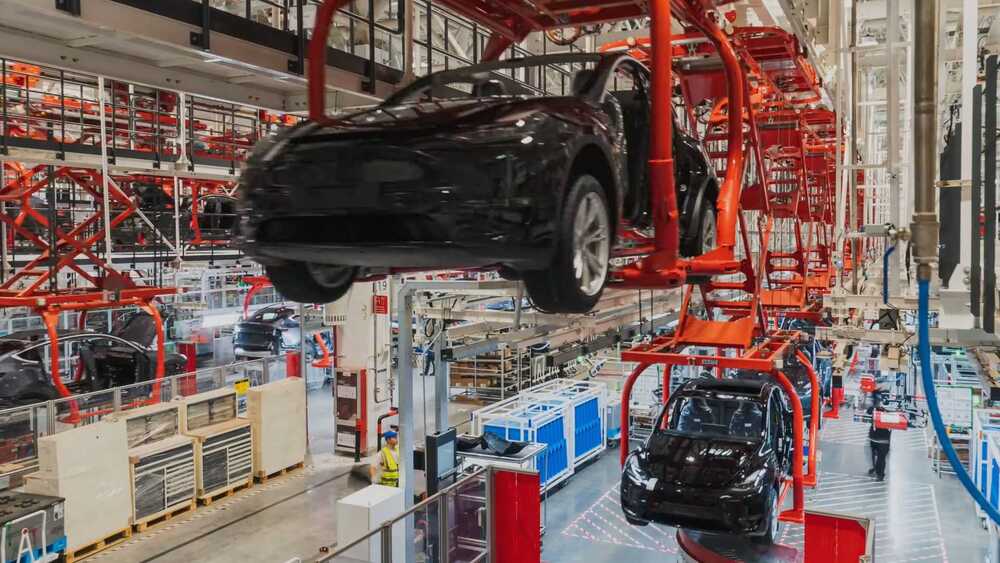Blue Origin has announced its next suborbital space flight for December and it includes two special guests among the crew of six.


Keisha S., a health and energy coach from the Caribbean nation of Antigua and Barbuda, just won a free trip to suborbital space with Virgin Galactic.

Just as a voltage difference can generate electric current, a temperature difference can generate a current flow in thermoelectric materials governed by its “Peltier conductivity” ℗. Now, researchers from Japan demonstrate an unprecedented large P in a single crystal of Ta2PdSe6 that is 200 times larger than the maximum P commercially available, opening doors to new research avenues and revolutionizing modern electronics.
We know that current flows inside a metallic conductor in presence of a voltage difference across its ends. However, this is not the only way to generate current. In fact, a temperature difference could work as well. This phenomenon, called “Seebeck effect,” laid the foundation of the field of thermoelectrics, which deals with materials producing electricity under the application of a temperature difference.
Similar to the concept of an electrical conductivity, thermoelectricity is governed by the Peltier conductivity, P, which relates the thermoelectric current to the temperature gradient. However, unlike its electrical counterpart, P is less explored and understood. For instance, is there a theoretical upper limit to how large P can be? Far from being a mere curiosity, the possibility of a large P could be a game changer for modern-day electronics.


Tesla’s Shanghai Gigafactory will see an expansion of its manufacturing capacity as the US company announced new investment of 1.2 billion yuan ($188 million) into the plant.
The facility’s manufacturing area will be increased while including a certain level of environmental protection investment, Tesla disclosed in a new environmental impact assessment report published on Shanghai’s corporate environment information public platform.
According to state-run Global Times website citing information disclosed in the assessment report, Tesla will upgrade the plant’s phase one production lines by investing 1.2 billion yuan ($188 million) in the project, of which 85 million yuan ($13.3 million) will be allocated for environmental protection.
Scientists in South Africa are warning of a new strain of COVID-19. The variant, which is yet to be named, appears to have a high number of mutations, and there’s a possibility it could be able to evade our immune response and be even more transmissible.
At first, health officials thought they were seeing a small cluster of outbreaks in South Africa’s most populous province. But after examining specimens, they realized they were dealing with something far more serious — a new variant that could be the hardest yet to contain.
Officials are worried that the new variant, known simply as B.1.1.529, could quickly spread through the country and beyond. Only about 35% of adults in South Africa are fully vaccinated, and the rate of vaccination has slowed. And given the findings so far, even current vaccines may not be enough to stop it.
Several countries, including the UK and Germany have announced a ban on flights from South Africa and five neighboring countries as cases of the new variant have already appeared in Botswana and in Hong Kong. No matter where the variant started, it could quickly become a global problem.
Subscribe: https://www.youtube.com/user/deutschewelleenglish?sub_confirmation=1
For more news go to: http://www.dw.com/en/
Follow DW on social media:
►Facebook: https://www.facebook.com/deutschewellenews/
►Twitter: https://twitter.com/dwnews.
►Instagram: https://www.instagram.com/dwnews.
Für Videos in deutscher Sprache besuchen Sie: https://www.youtube.com/dwdeutsch.
#Covid19 #NewVariant #SouthAfrica


Early-career nuclear physicists show that a better understanding of how neutrinos interact with matter is needed to make the most of upcoming experiments.
Neutrinos may be the key to finally solving a mystery of the origins of our matter-dominated universe, and preparations for two major, billion-dollar experiments are underway to reveal the particles’ secrets. Now, a team of nuclear physicists have turned to the humble electron to provide insight for how these experiments can better prepare to capture critical information. Their research, which was carried out at the U.S. Department of Energy’s Thomas Jefferson National Accelerator Facility and recently published in Nature, reveals that major updates to neutrino models are needed for the experiments to achieve high-precision results.
Neutrinos are ubiquitous, generated in copious numbers by stars throughout our universe. Though prevalent, these shy particles rarely interact with matter, making them very difficult to study.
After three years of intensive research and countless test flights in BMW’s horizontal wind tunnel, Salzmann and the wingsuit completed the maiden flight over the picturesque mountains of Austria last week. The 33-year-old was dropped by helicopter at just shy of 10,000 feet alongside two other fliers sporting conventional wingsuits. BMW says the electric wingsuit enabled Salzmann to accelerate faster than his mates at a peak speed of 186 mph. (Normal wingsuit operators typically reach horizontal speeds around 62 mph.)
The e-wingsuit is built upon BMW i EV technology and powered by a chest-mounted rig. It offers 15 kW of grunt that’s split between two 7.5 kW carbon impellers. The impellers spin at a speed of 25,000 rpm and produce thrust for up to five minutes. The aim of the electric wingsuit is to increase performance and eventually allow for longer distances to be covered.

The Indian and Japanese space agencies are planning a joint mission to the Moon, that is meant to explore the Polar region.
The mission, which will be known as Lunar Polar Exploration Mission (LUPEX), will feature an Indian lunar lander and a Japanese rover.
Dr Hiroshi Yamakawa, President, Japan Aerospace Exploration Agency (JAXA) revealed this and Japan’s future mission plans, at the Sydney Dialogue, an initiative by the Australian Strategic Policy Institute.